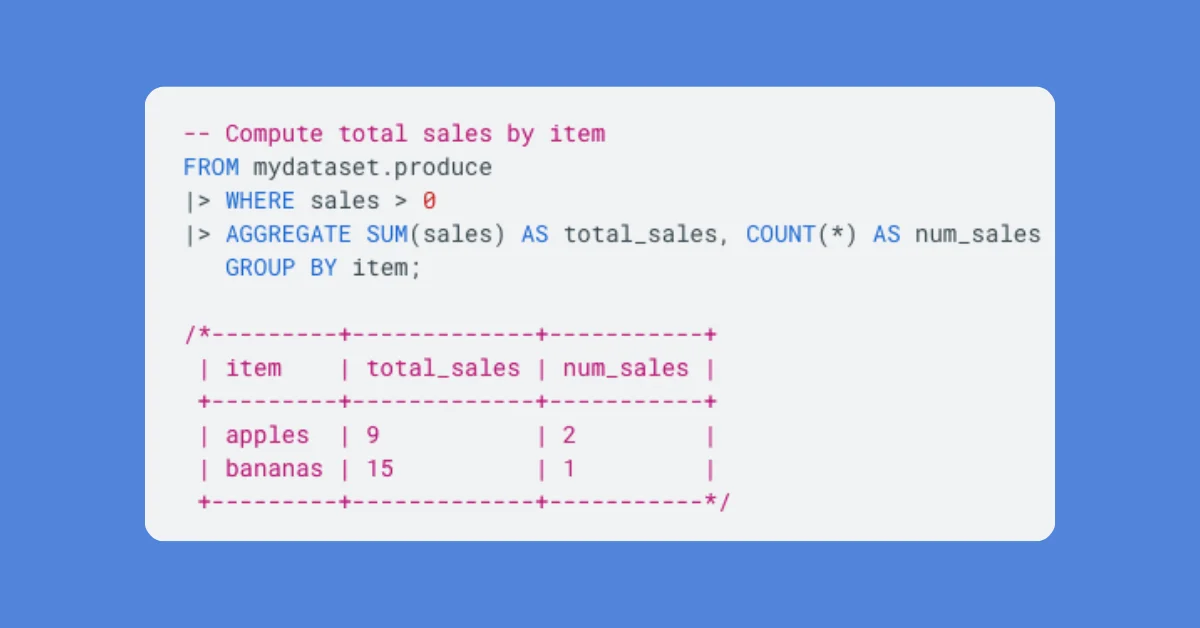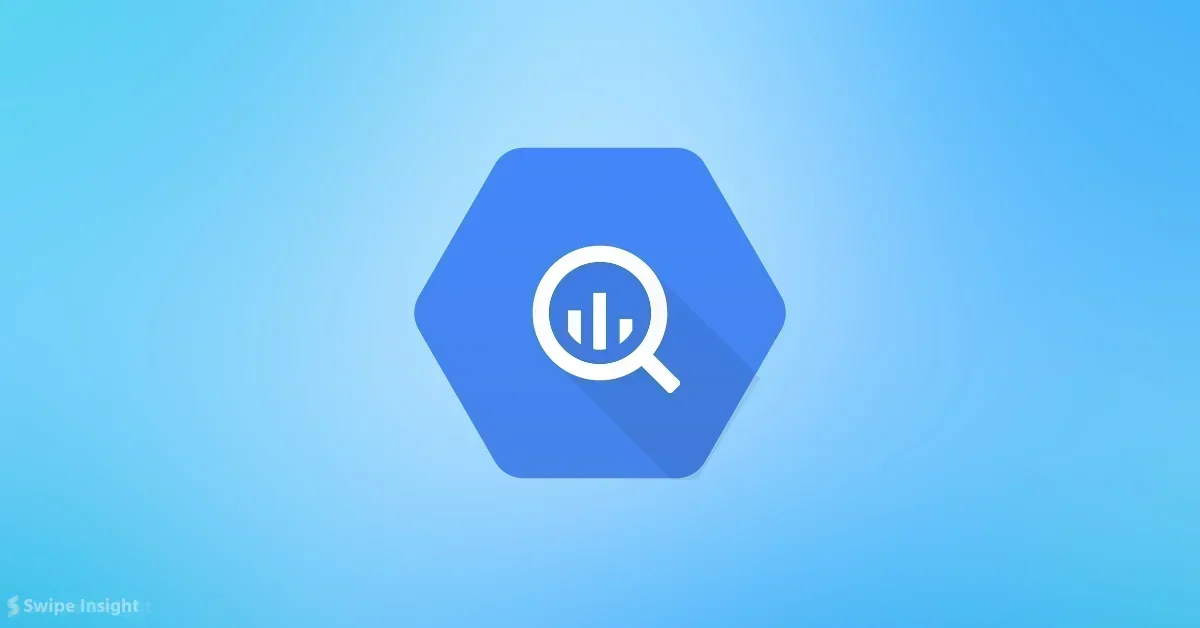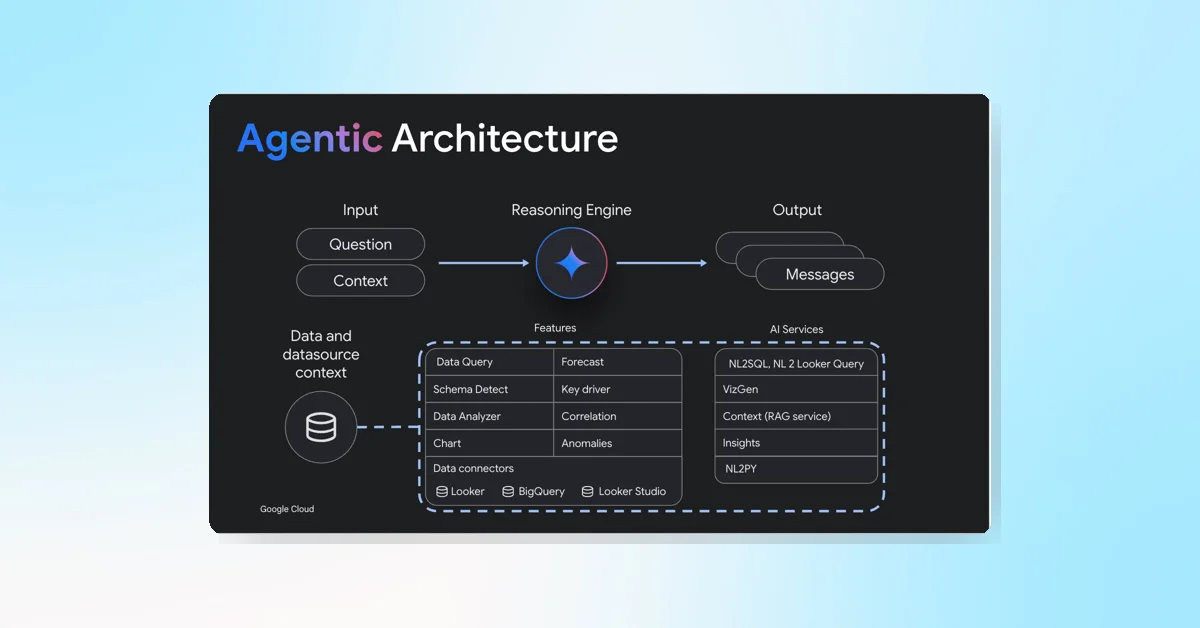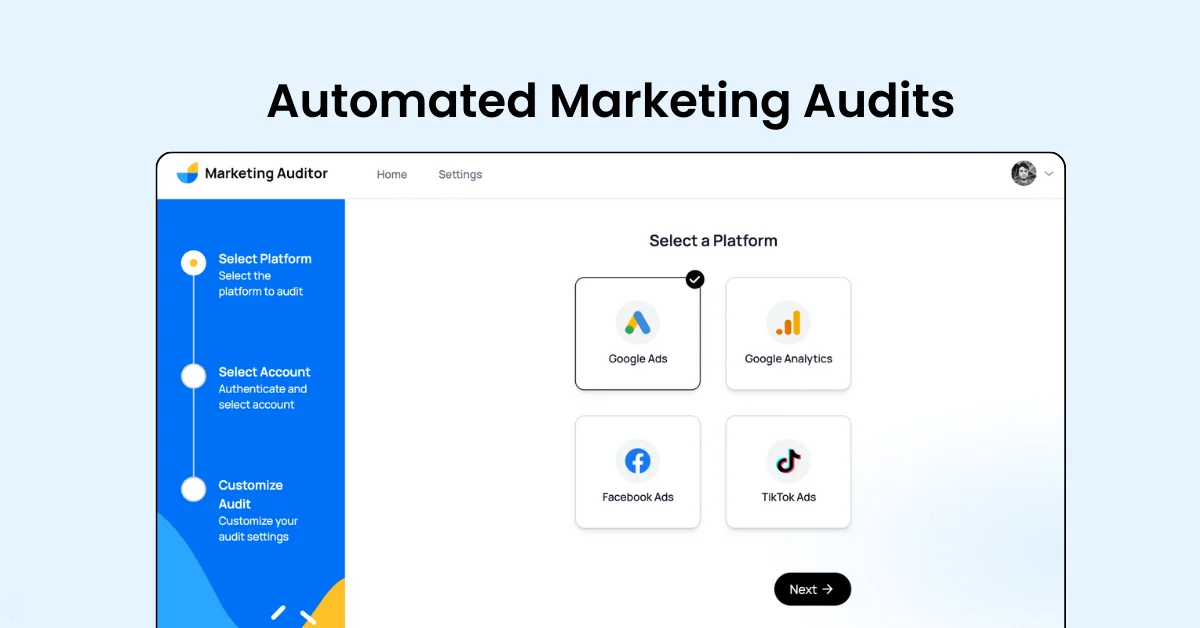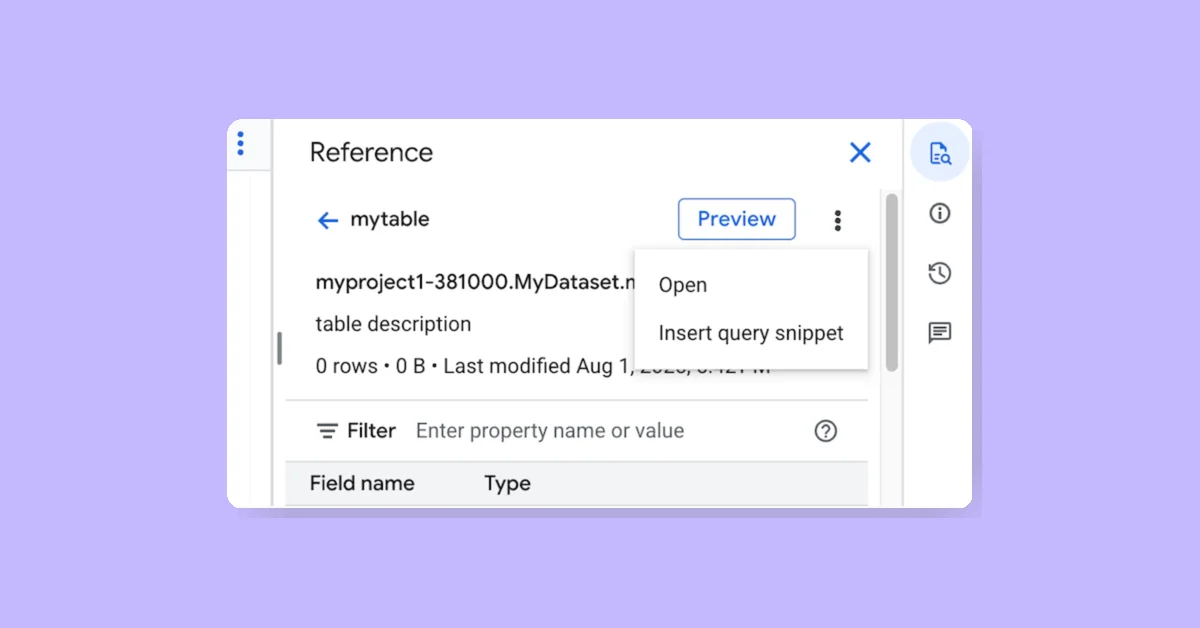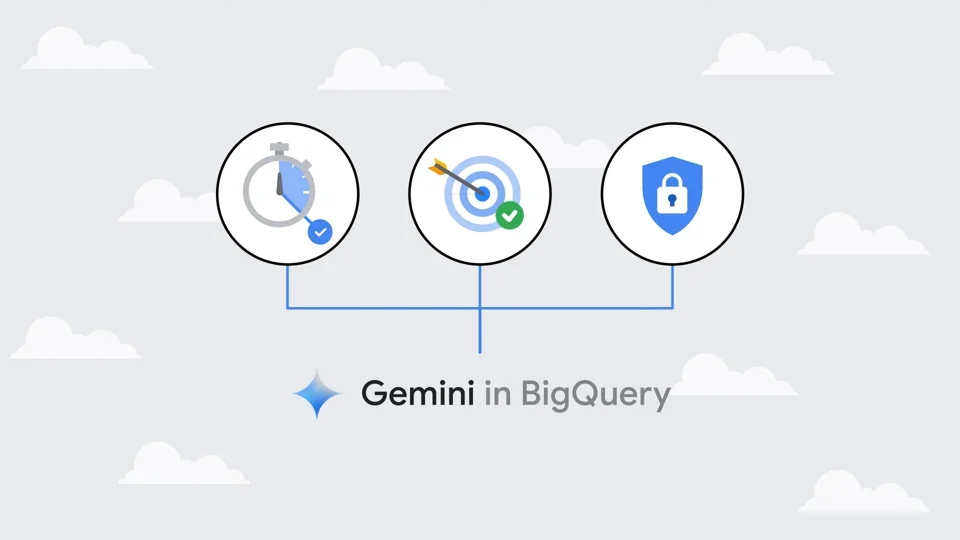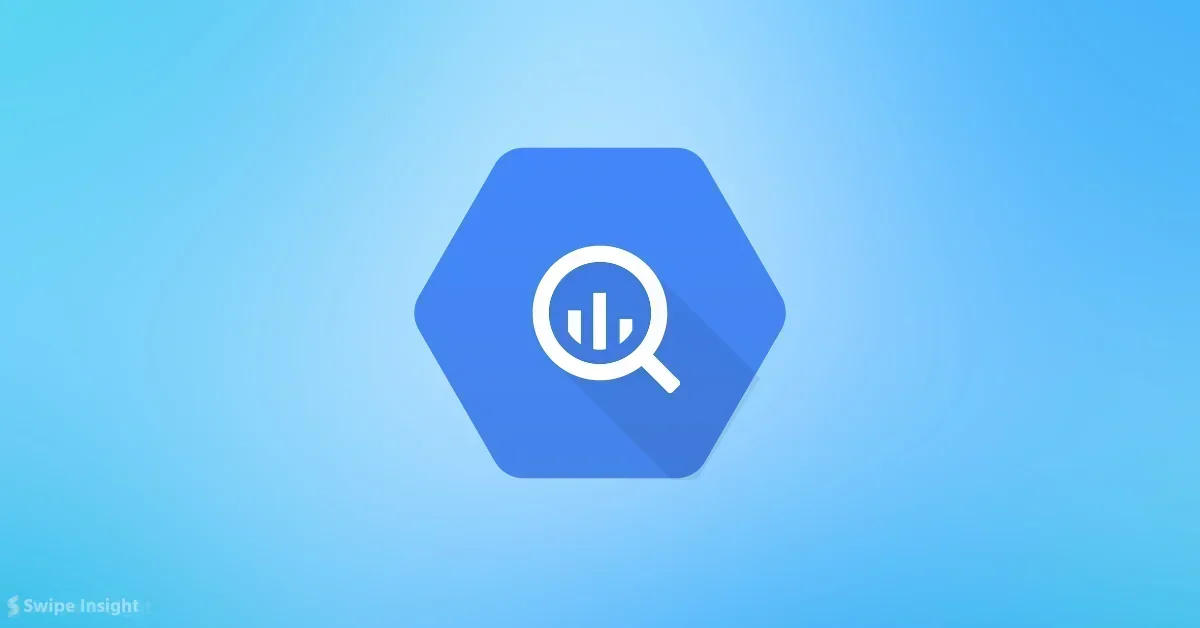Google has unveiled a new feature for BigQuery users: pipe syntax. This preview feature aims to simplify the process of writing, reading, and maintaining SQL queries in GoogleSQL. The pipe syntax extension supports a linear query structure, offering users a more intuitive way to construct complex queries.
Key Features of Pipe Syntax
- Linear Structure: Allows operations to be applied in any order, any number of times.
- Improved Readability: The order of query syntax matches the logical steps to build the result table.
- Flexibility: Supports all operations available in standard GoogleSQL syntax.
- Simplified Complex Queries: Reduces the need for CTEs or nested subqueries.
- Streamlined Aggregation: Columns can be listed only once per aggregation, unlike standard syntax.
How Pipe Syntax Works
- Queries start with a standard SQL query or a FROM clause.
- The pipe symbol (|>) is used to pass results to the next operation.
- Pipe operators transform the table data step by step.
- Multiple pipe operators can be used to select, order, filter, join, or aggregate columns.
Examples of Pipe Syntax:
-- Compute total sales by item
FROM mydataset.produce
|> WHERE sales > 0
|> AGGREGATE SUM(sales) AS total_sales, COUNT(*) AS num_sales
GROUP BY item;
Benefits Over Standard Syntax
- No Fixed Clause Order: Pipe operators can be applied in any sequence.
- Simplified Complex Operations: Multi-level aggregations are easier to express.
- Reduced Redundancy: Eliminates the need to repeat columns in SELECT, GROUP BY, and ORDER BY clauses.
Queries using pipe syntax are priced, executed, and optimized identically to their standard syntax equivalents. Users should follow existing guidelines for cost estimation and query optimization.
Availability and Enrollment
The pipe syntax feature is currently in Preview. To access this feature, users need to enroll their project by filling out the BigQuery pipe syntax enrollment form.
Implications for Data Analysts and Developers
This update represents a significant improvement in query writing efficiency for BigQuery users. It particularly benefits those working with complex data structures or performing multi-step data transformations. As users become familiar with the new syntax, it could lead to more readable and maintainable code bases, potentially reducing errors and improving collaboration in data teams.
As BigQuery continues to evolve, features like pipe syntax demonstrate Google's commitment to enhancing user experience and query efficiency in cloud-based data analytics.
